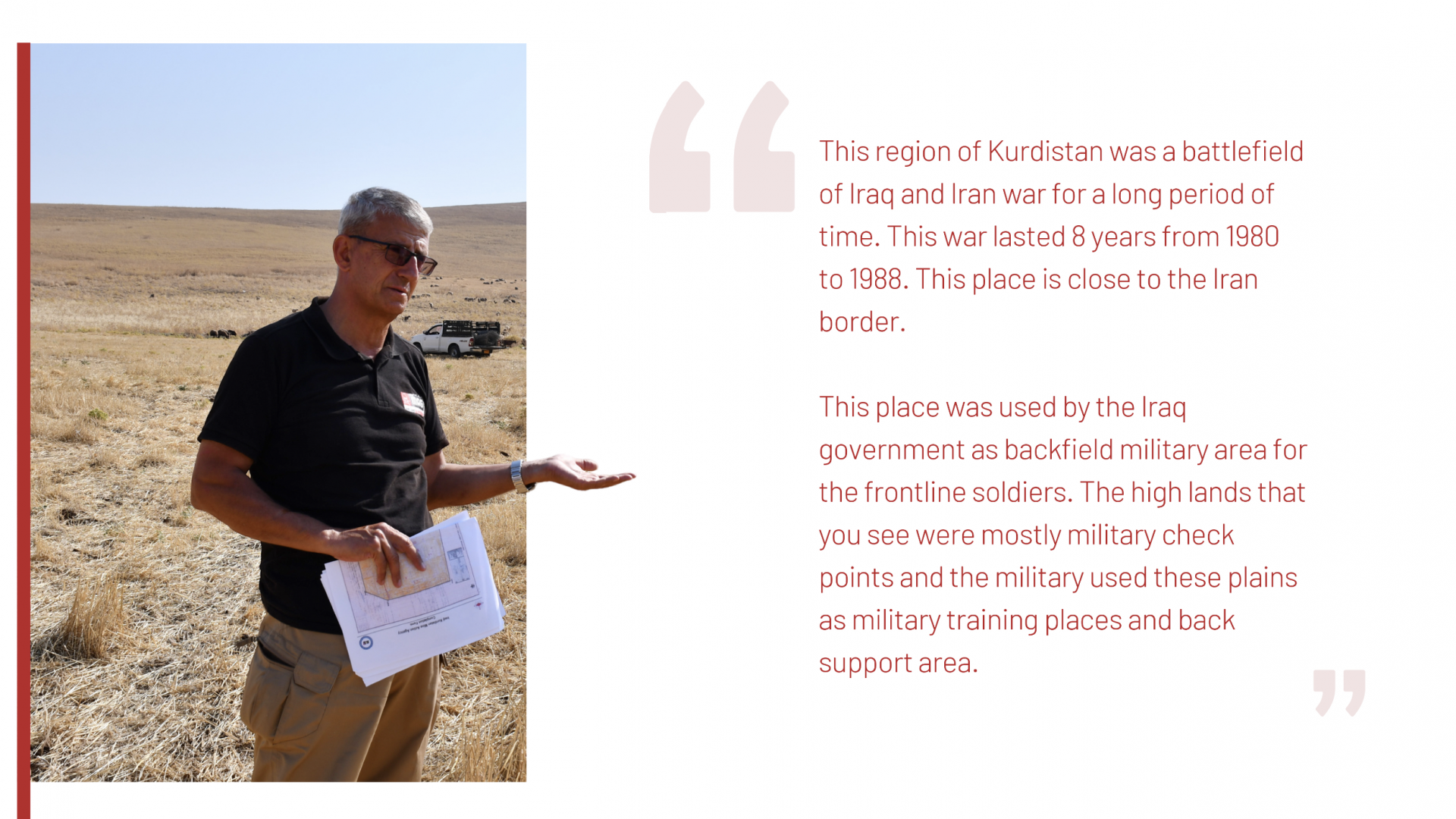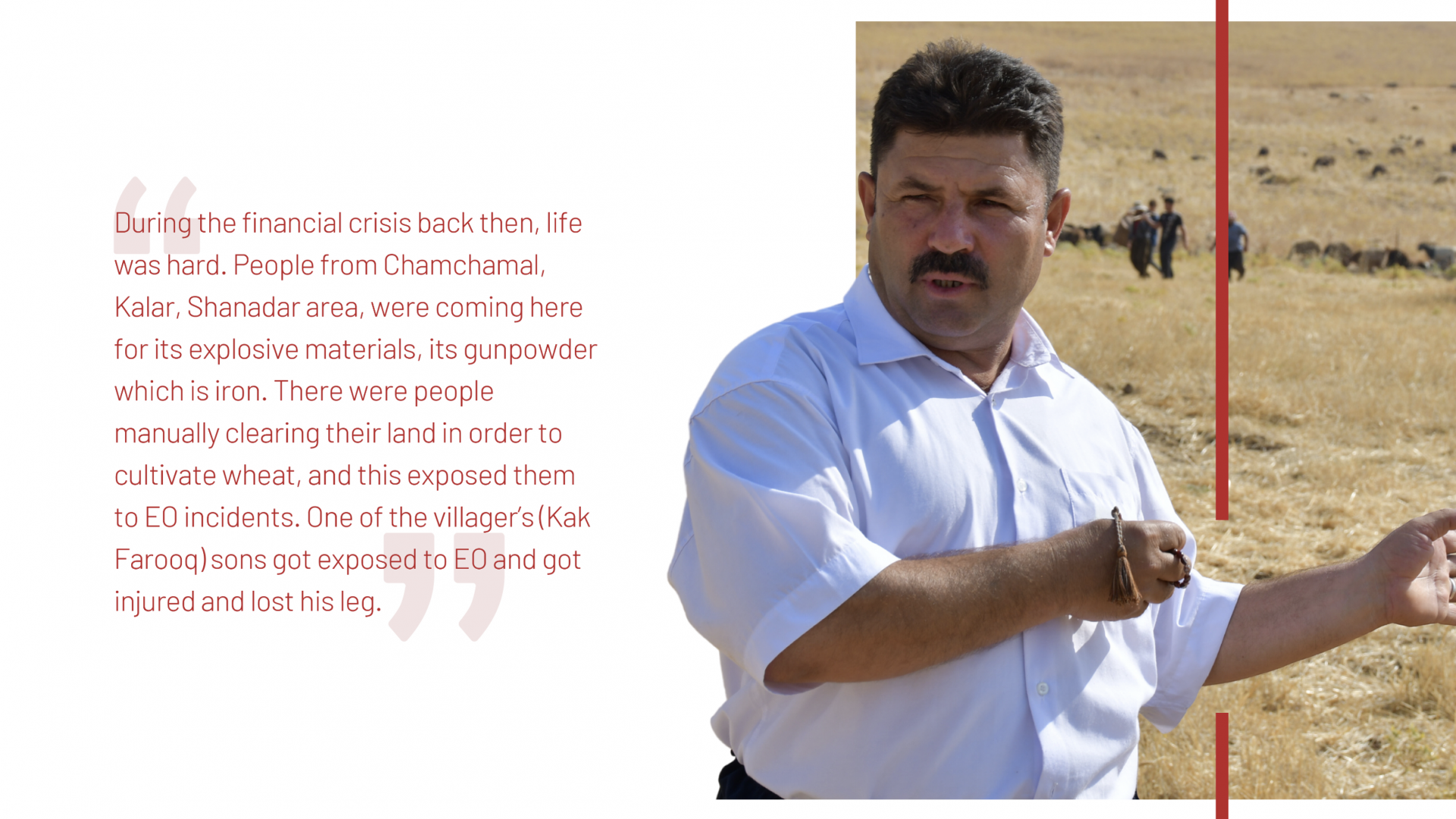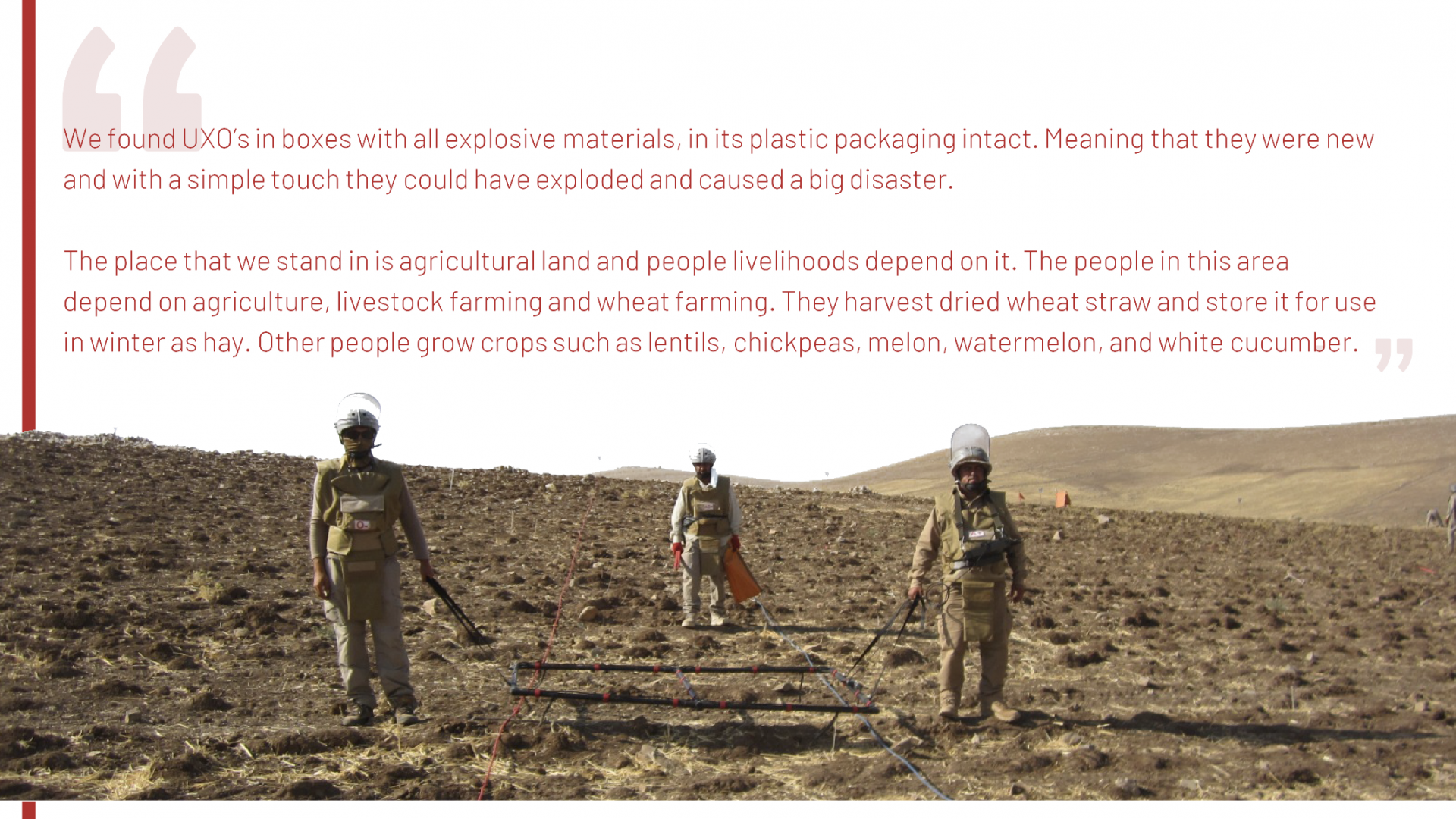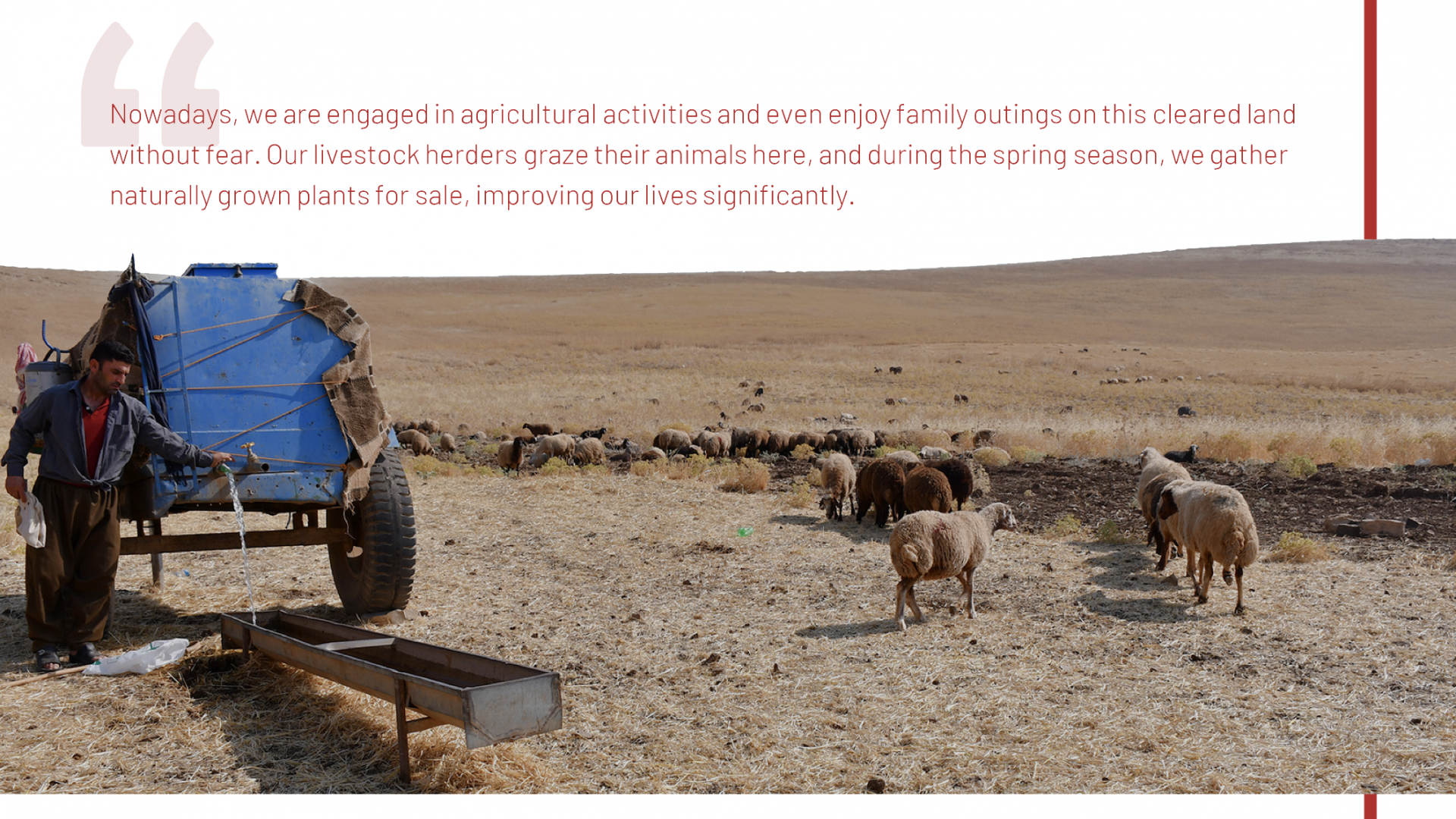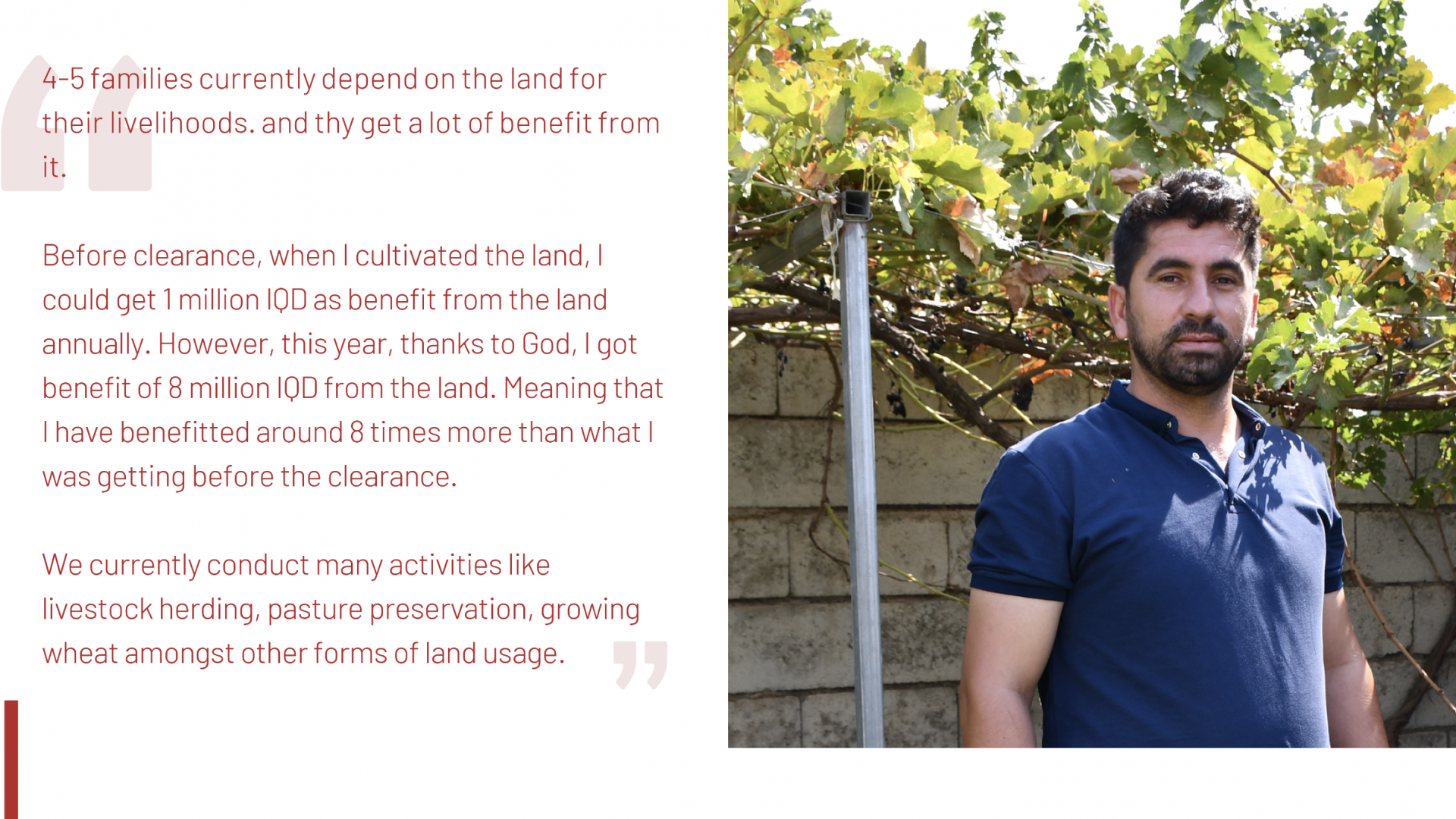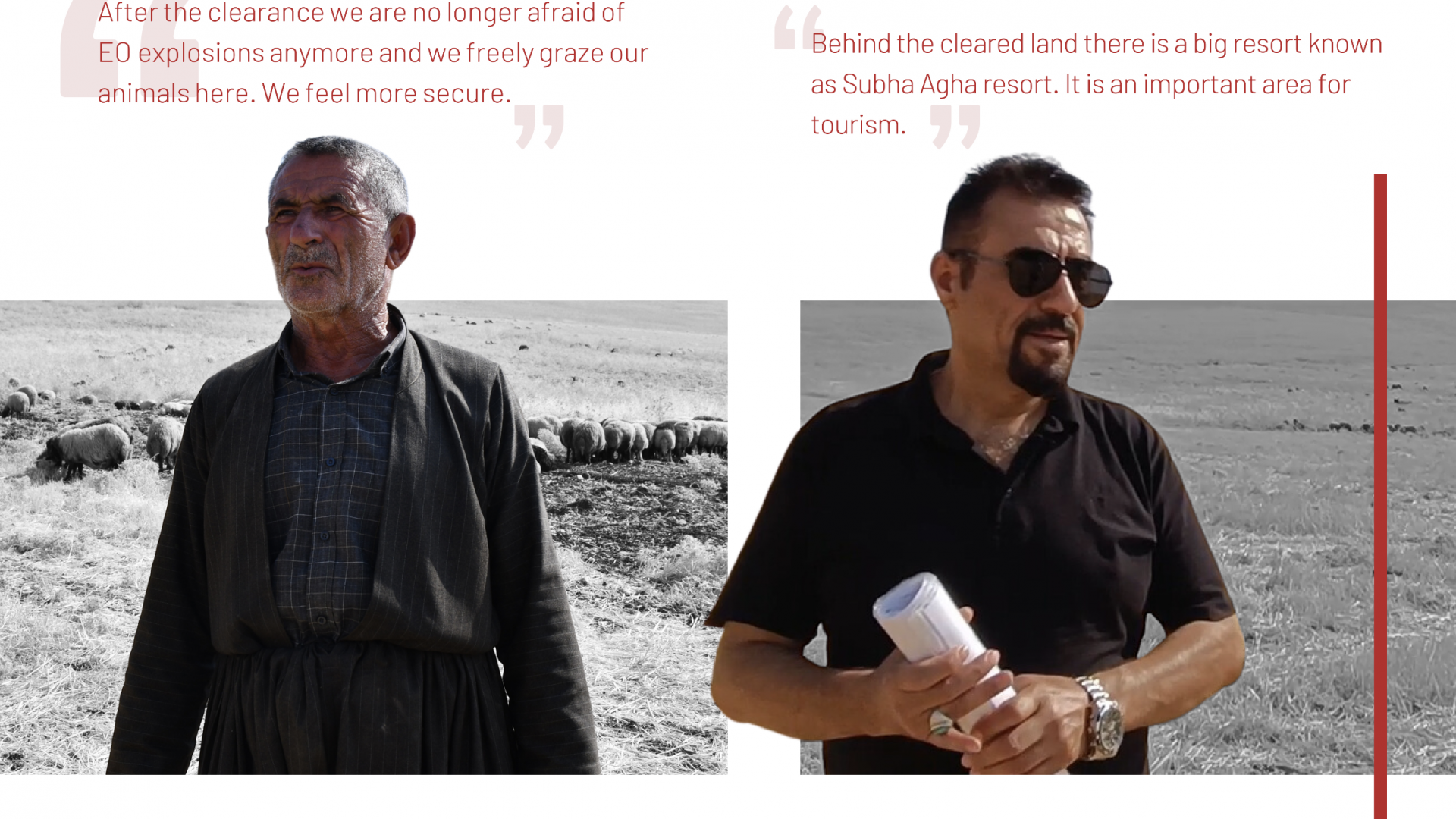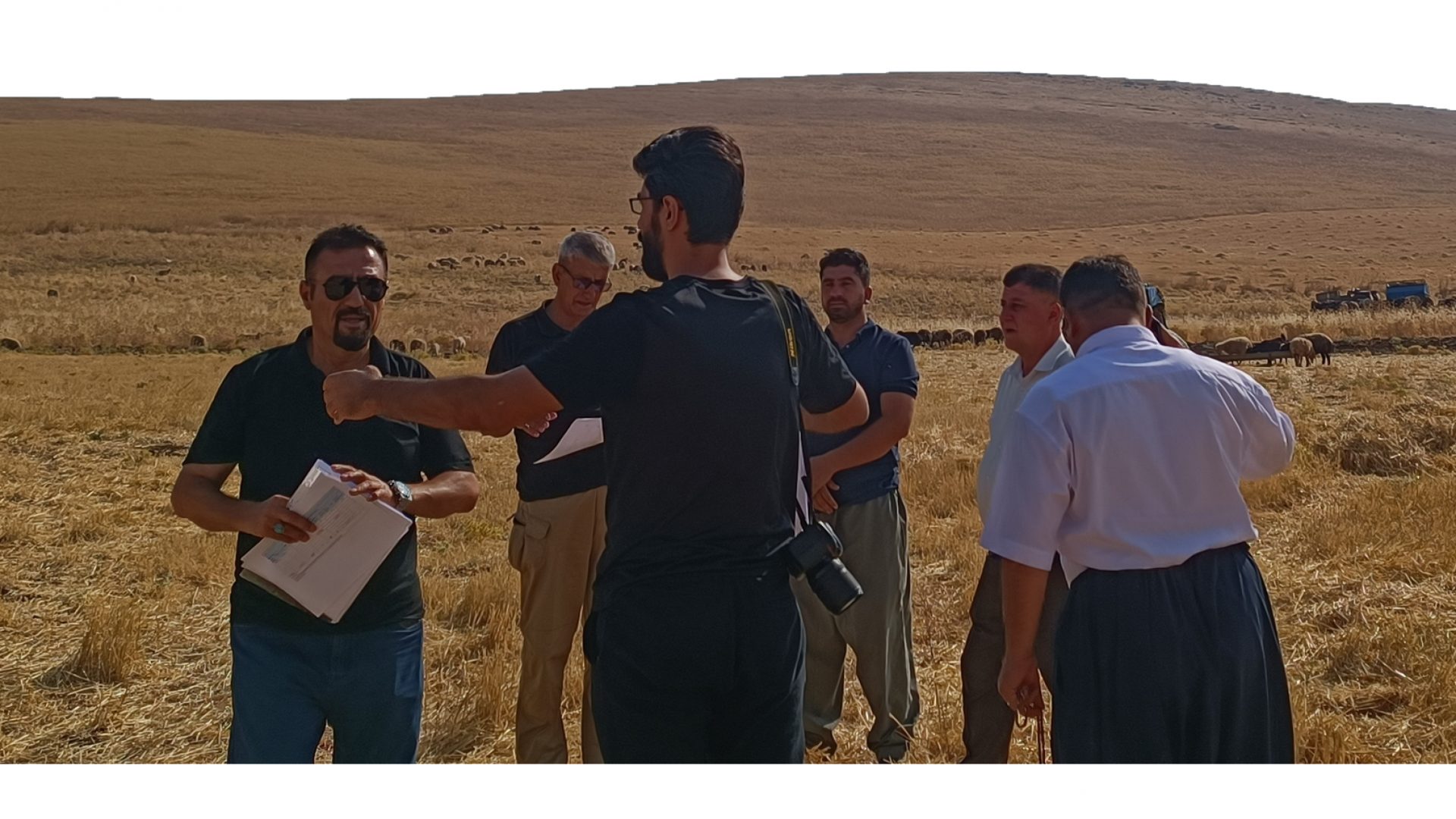Step into the extraordinary success story of Mayindol village, nestled within the Sulaymaniyah governorate, specifically in the Said Sadiq district, Barznja sub-district.
This charming village, strategically positioned at the crossroads of the Sulaymaniyah-Penjwen and Sulaymaniyah-Halabja highways, is the embodiment of the adage 'location, location, location.' Geographically, Mayindol boasts a diverse landscape, with flat and hilly terrain, adorned with gullies and valleys, all teeming with fertile soil—an agricultural haven. As you journey through this village, you'll soon discover its natural beauty truly comes to life during the vibrant and rejuvenating spring season.
However, Mayindol village was once a contaminated battlefield from the Iran-Iraq war, the area was cleared of explosives by The Mines Advisory Group (MAG) in 2021, with support from the U.S. State Department's PM/WRA. This clearance has revitalized the village, allowing its 150 families to safely use the land for agriculture, livestock grazing, and recreation. iMMAP Inc.'s Third-Party Monitoring (TPM) team observed the project's significant impact on community security and prosperity. While progress has been made, ongoing humanitarian mine action remains crucial for saving lives and rebuilding livelihoods in the region.
This story underscores the positive effects of demining on rural communities in post-conflict areas.


